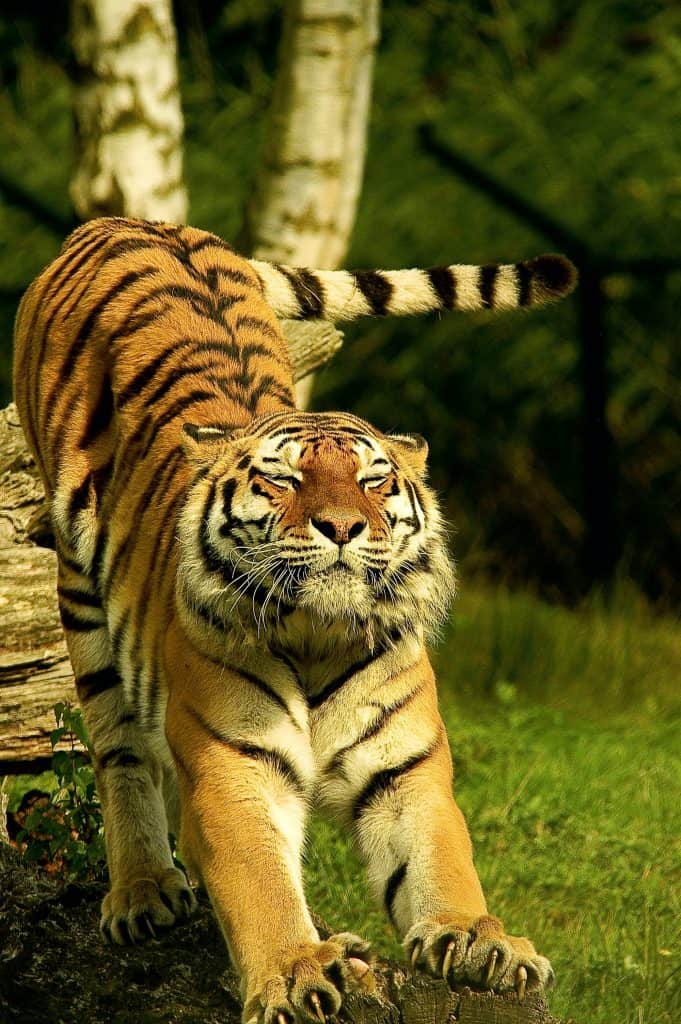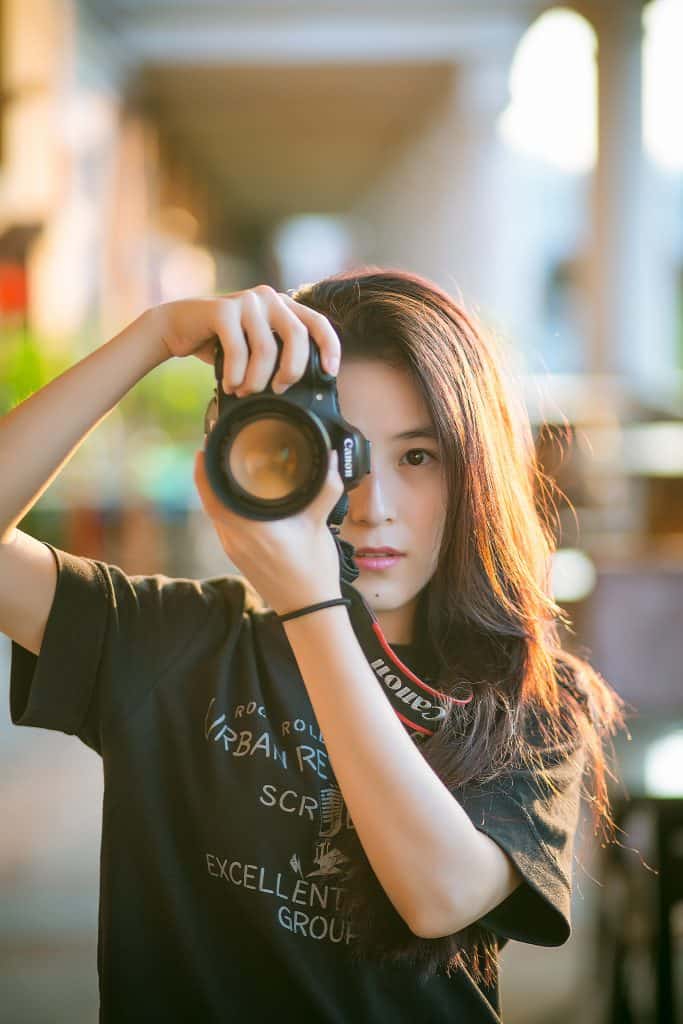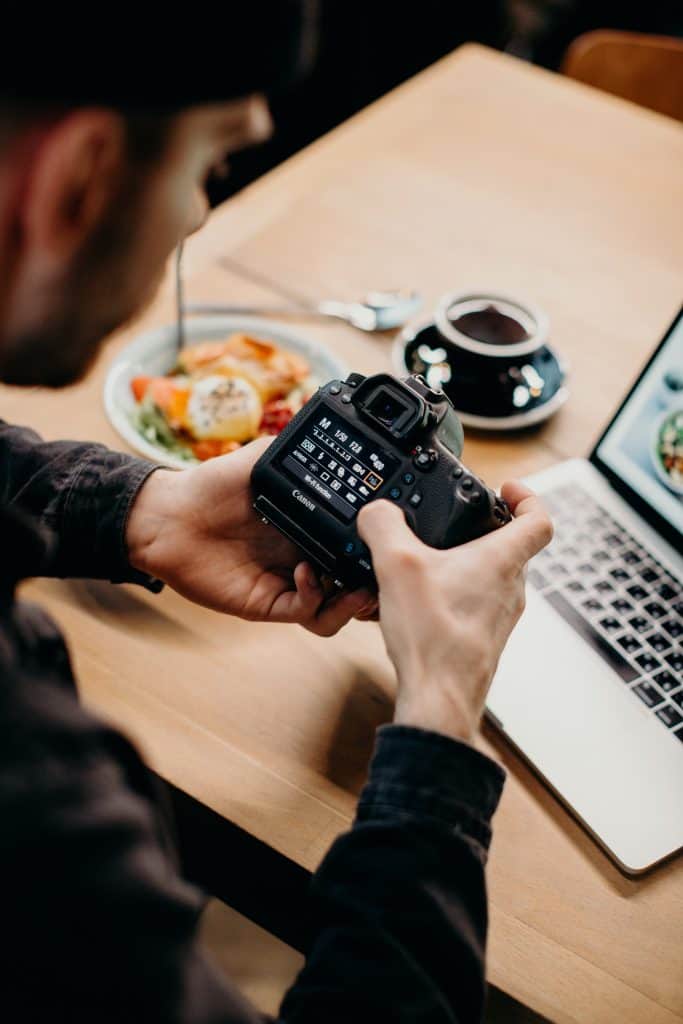Cameras are divided in various ways. From being categorized by its camera type (mirrorless, DSLR, point and shoot, etc.) to further narrowed down by its features, the primary characteristic that separates the models is their sensor sizes.
Sensors can be full-frame or APS-C / Crop sensors. But what does this all mean, and what is the difference?
What is a Camera Sensor?

A camera sensor collects light information and renders an image onto your screen. Sensors can be weak or powerful and of different sizes. Lucky for us, almost all cameras have great sensors, so whether they are weak or powerful isn’t as important because they’re all pretty strong now.
Sensors come in two sizes, crop sensor (APS-C) or full-frame. In layman’s terms, the full-frame sensor captures the entire picture you see on your screen or viewfinder, and the crop sensor takes a somewhat ‘cropped’ version of that screen.
Full Frame Sensors
A full-frame camera uses a sensor the same size as a single frame of traditional 35mm film, measuring 36 x 24mm. An APS-C sensor size measures 22 x 15mm. This means a full-frame sensor has more than 2.5 times the surface area of an APS-C sensor, which means it can capture a larger image.
The primary benefit is that your scene will not be cropped or altered, and you can capture it as you see fit. What you see through the viewfinder is precisely what gets photographed!

Full frame sensors take in a lot of light, making evening captures much more possible. You can shoot at lower ISO levels because noise is also reduced due to the sensor size.
Full-frame models also tend to have significantly higher megapixel counts than crop sensors. However, with a larger sensor comes a few added zeros to the price… these cameras can be costly.
Full-frame sensor cameras can only use full-frame lenses.
Crop / APS-C Sensors
As mentioned above, the crop sensors’ size measures at 22 x 15mm. As a result, the scene is cropped, so what you see is not all of what you get. This is an easy learning curve to overcome so long as you remember that what you see in the viewfinder isn’t what you’ll get – the edges will be missing in the final image.
That being said, the cropped shot has a significant advantage: It’s much easier to achieve focus in a crop sensor camera because of the narrow field of view.

As well, Crop sensor cameras have the adaptability of being able to use both full-frame and crop sensor lenses with ease, which significantly expands your equipment arsenal.
Crop sensor cameras are also less expensive, tend to be lighter, and tend to be smaller.
Crop sensors have less megapixel count than full-frame, so the image file size is smaller. This means these cameras are much more economical on memory cards and storage and can write photographs quickly. They also tend to be extremely fast action cameras because the file sizes are much smaller! As such, many crop sensor camera owners photograph sports and wildlife.
How Does Sensor Size Affect the Lens?

Lenses are made to fit the sensors they are designed for. Because an APS-C camera sensor is smaller than a full-frame sensor, APS-C cameras have a smaller area to capture a scene. In other words, the scene is ‘cropped.’ APS-C-specific lenses are made to be perfectly compatible with these sensors, so what you see is what you get.
This is true for full-frame lenses intended for a full-frame sensor. What you see with a full-frame lens on a full-frame sensor is what you get.
Now you may be thinking, what happens if I put a full frame lens on a crop sensor camera and vice versa?
In short, full-frame lenses work on crop and full-frame sensors, but you cannot put a crop sensor lens on a full-frame sensor camera. Because crop sensor lenses have such a small field of view, you will see its border on a full-frame sensor.
The focal length will change if you put a full-frame lens on a crop sensor camera. Say you use a 100mm full-frame lens on a crop-size sensor camera. Say the crop sensor is 1/6th of the full-frame sensor size. The 100mm lens you now put on will give you an image equivalent to 160mm (1.6 x100mm). This will therefore reduce your angle of view (your view will not be as wide, it will be more narrow. Remember, 100mm is much wider than 160mm).
A benefit worth mentioning is that if you upgrade to a full-frame sensor, the full-frame lens will be able to come with you.
Which One is Right For You?
In modern times, both full-frame and crop sensors produce extremely good quality images, so the image quality is no longer affected like it once was. However, you still have to contend that only the full-frame sensor will capture everything you’re seeing with your eye, while you need to train your brain to remember that the crop sensor will cut the edges of what you see.

Whether you go full frame or crop depends on whether or not you’d like to use the picture for something more than just posting online.
If you want to print huge canvases, crop sensors won’t work well because the image will likely be too small! You would also need to look for a camera with many megapixels for a giant print.
Sensors tend to go hand in hand with another technical term called megapixels. Megapixels are a unit of measurement for a resolution that translates to “one million pixels.” Megapixels dictate how much detail your sensor can capture. The larger the megapixel number, the more detail your camera can catch. Only full-frame sensor cameras have large megapixel counts.
If you’re only interested in the online world, a crop sensor and a bit less megapixels are totally fine.

Crop sensors are less expensive on average than full-frame cameras, and the corresponding crop sensor lenses are less expensive. Full-frame cameras and full-frame lenses are on the pricier side.
Conclusion
Generally, it’s better to jump to full-frame so that you have the maximum capability in photography rather than limiting yourself to a crop sensor. However, it may be best to save money and enjoy a crop sensor if you’re a layman photographer or hobbyist.
At the end of the day, unless you’re doing commercial work or printing huge products, you won’t see a big difference!

